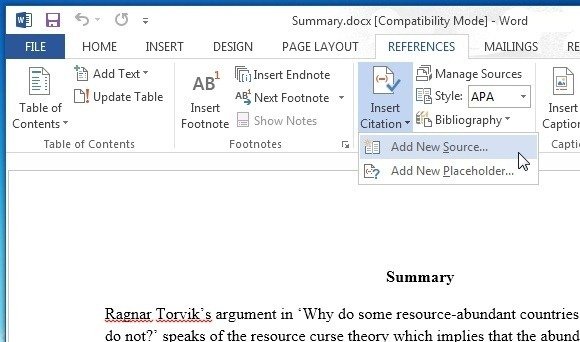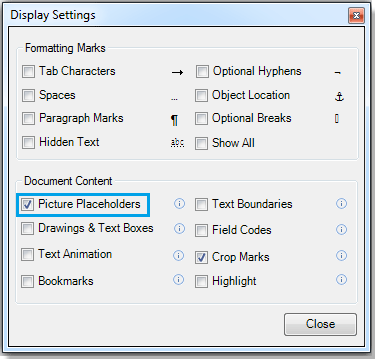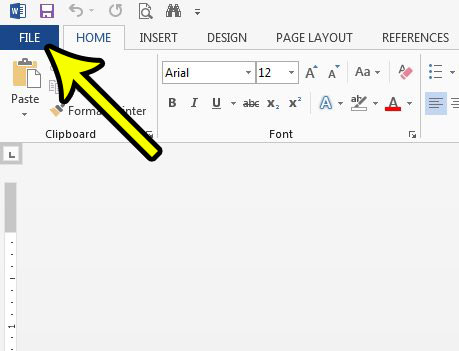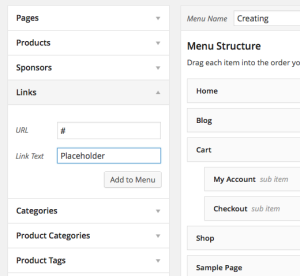
- #Image placeholder word 2013 how to
- #Image placeholder word 2013 update
- #Image placeholder word 2013 download
We typed in Click to insert a picture, as shown inįigure 4: Boilerplate text changed for the picture placeholder


The Ribbon, click the bottom half of the Insert Placeholderīutton (highlighted in red within Figure 1).

Slide Master view, access the Slide Master tab of With your new Slide Layout active within the First, add a new Slide Layout within the.
#Image placeholder word 2013 how to
In this tutorial, we'll explore how to work with a picture placeholder you add to a new slide layout in As we learnt in previous tutorials,Ī placeholder is a boilerplate container that you can use to fill in with all sorts of content types such as text, pictures, charts, SmartArt You can get over this problem by using a new slide layout with a Even then, there are chances you may not be too happy with the results or the time it takes to make theseĬhanges. Pictures look consistent slide after slide. This can be achieved manually using resizing and aligning options, although you will use an inordinate amount of time making sure that the The Design tab will appear on the right side of the Ribbon.When you are working with multiple pictures on a slide, their position, formatting, and size may be required to be the same across successive In our example, we'll change our chart from a line chart to a column chart. If you find that your data isn't well suited to a certain chart, it's easy to switch to a new chart type. For example, Word allows you to change the chart type, rearrange a chart's data, and even change the layout and style. There are many ways to customize and organize your charts. Read our guide on Embedding an Excel Chart for more information.
#Image placeholder word 2013 update
This can be useful when you know you'll need to update the data in your Excel file and would like the Word chart to automatically update whenever the Excel data is changed. You can also embed an existing Excel chart into your Word document. Just open the spreadsheet in Excel, select and copy the desired data, and paste it into the source data area for your Word chart. If you already have data in an existing Excel file that you would like to use for a Word chart, you can transfer the data by copying and pasting it. The Edit Data command Creating charts with existing Excel data They work best with large data sets, allowing you to see a variety of information at the same time.Ĭlick the buttons in the interactive below to learn about the different parts of a chart. Surface charts allow you to display data across a 3D landscape. Each value is shown as a slice of the pie, so it's easy to see which values make up the percentage of a whole.īar charts work just like column charts, but they use horizontal bars instead of vertical bars.Īrea charts are similar to line charts, except the areas under the lines are filled in. Pie charts make it easy to compare proportions. The data points are connected with lines, making it easy to see whether values are increasing or decreasing over time. Line charts are ideal for showing trends. They can work with many different types of data, but they're most frequently used for comparing information.

Click the arrows to see some of the different types of charts available in Word.Ĭolumn charts use vertical bars to represent data. Word has a variety of chart types, each with its own advantages. In order to use charts effectively, you'll need to understand how different charts are used.Ĭlick the arrows in the slideshow below to learn more about the types of charts in Word. Word has several types of charts, allowing you to choose the one that best fits your data.
#Image placeholder word 2013 download
Optional: Download our practice document.


 0 kommentar(er)
0 kommentar(er)
